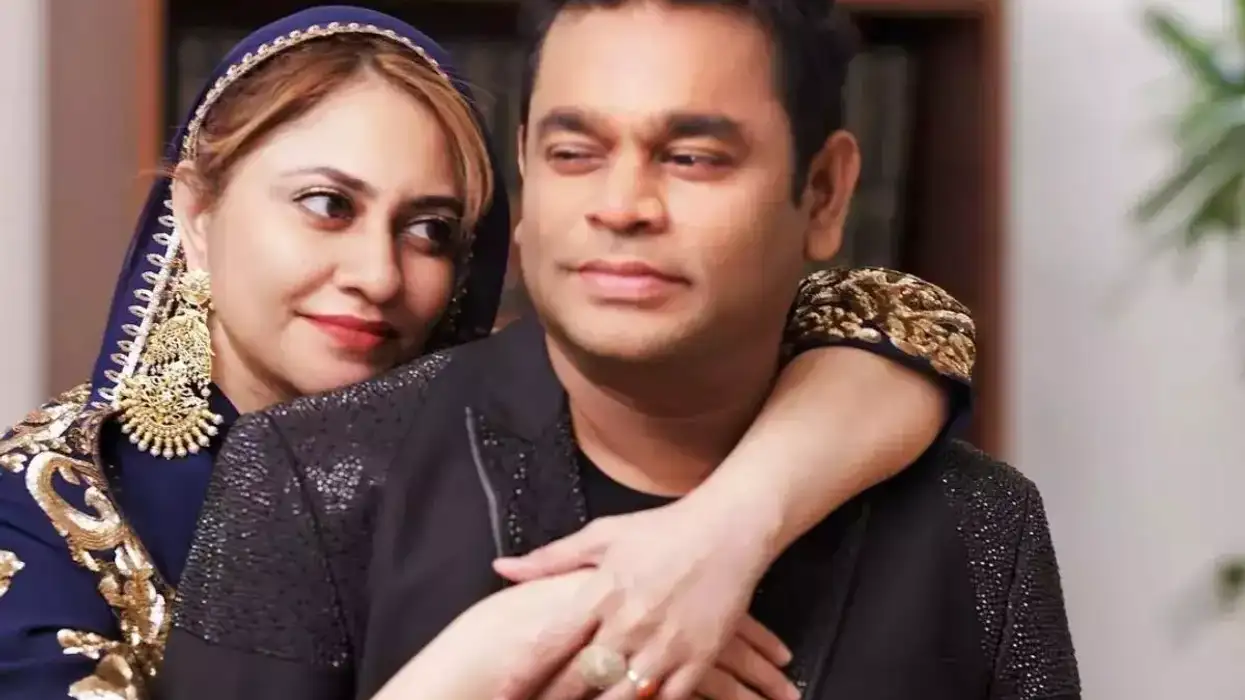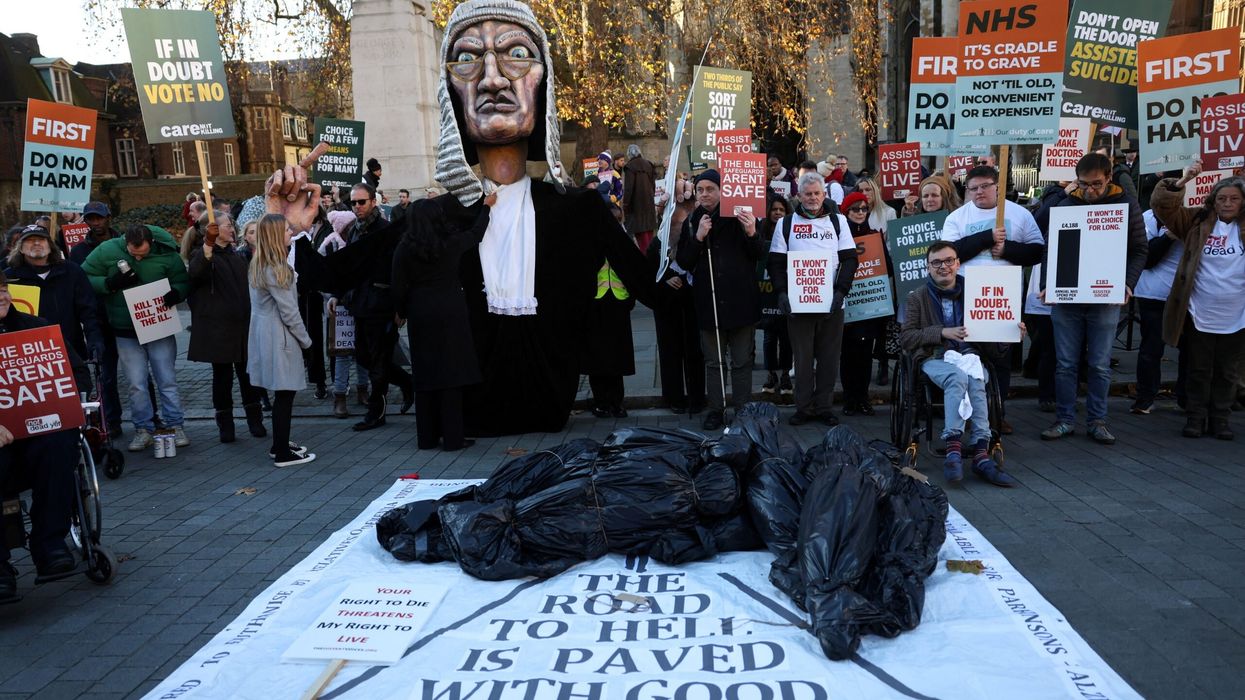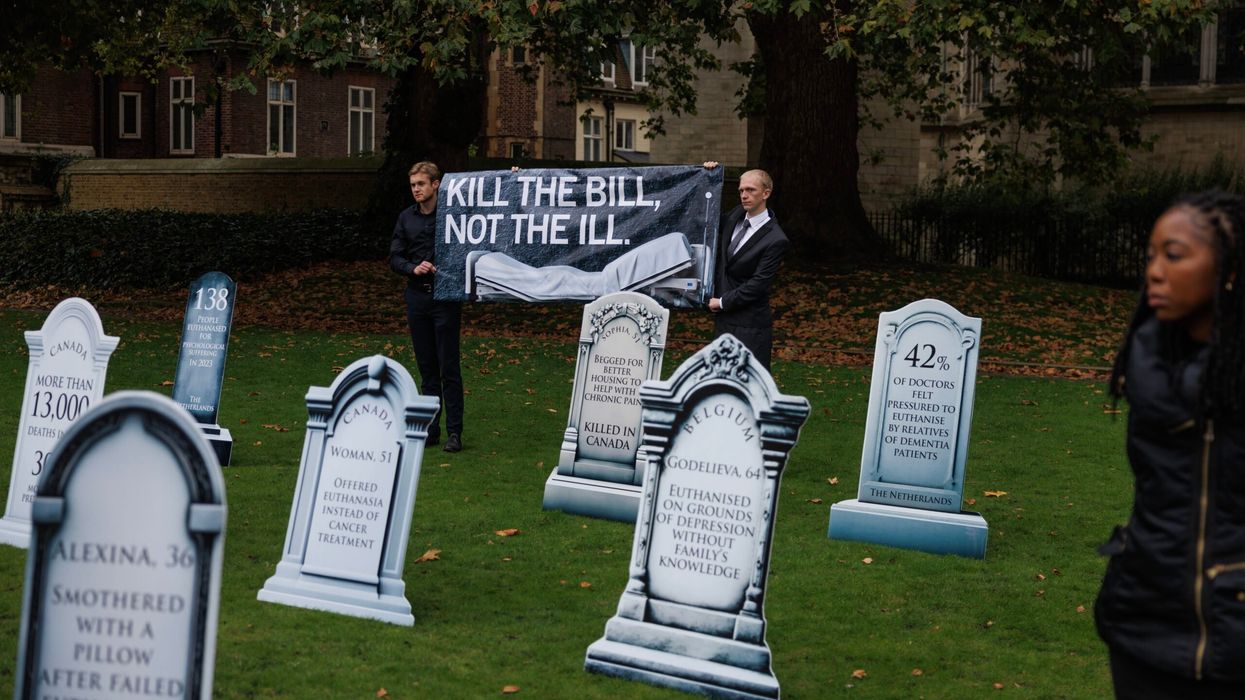ACTRESS AMRUTA KHANVILKAR ON HER FILM AND TV CAREER
VERSATILE actress Amruta Khanvilkar has mixed up roles in high-profile films in diverse languages with interesting TV projects.
The prolific actress was inspired by Madhuri Dixit and had a love for performance from a young age, including a natural flair for dancing, and turned it into a flourishing career.
The multi-talented star was last seen in the film Malang and is currently competing in popular reality TV series Khatron Ke Khiladi 10.
Eastern Eye caught up with Indian film and TV’s secret weapon Amruta Khanvilkar to talk about her journey, future hopes and her demanding Khatron Ke Khiladi experience.
Which of your diverse roles has given you the greatest joy?
It is the role of Zarina in one of my Marathi films called Katyar Kaljat Ghusali. That role made me realise I also have a command over Urdu. Munira from Raazi is another favourite role. Baji is a Marathi film I did that needed me to do an action scene where I was hanged with a 40-feet clip for half an hour, so it was extremely thrilling. These projects have given me the greatest joy.
How does TV compare to acting in films?
In films, the character is much more layered and you get to find some nuance in it. I have done a television series for about 50 to 60 episodes, so TV is an everyday thing and you can’t really sit on the character. Films are more exciting because you can work on the character. Also in films, there is a start, middle and end to a character, but on television, the character keeps going, which can get boring.
Does your approach as an actor change when creating characters for each medium?
No, I work on every character I get. I might get bored when I am doing a TV series, but for web and films it is different because the atmosphere is such that you are on your toes. You are alert every moment of the day.
Tell us about your experience on Khatron Ke Khiladi 10...
It was fantastic. There were challenges I could do and ones I couldn’t; so you see a transparent and vulnerable Amruta. Amruta can cry her heart out, and get excited and happy on completing a stunt. So, I think Khatron Ke Khiladi got the best out of me as far as my personality goes and shows how I am in real life.
Tell us more…
I am someone who gets damn happy or cries for the smallest of things. It is one experience that every actor should go through because it tests your instinct, mental strength and physical strength. What you are as a person comes out in Khatron Ke Khiladi.
Would you say you are fearless?
Yes, I am fearless and don’t think much before doing something. There was the stunt where a suspended sofa was attached to the helicopter and I needed to jump from that sofa down to the lake. My thought was never about what would be in the lake. I just jumped at the drop of a hat. So yes, there are things I do impulsively. In fact, the impulse is 80 per cent of my nature and calmness/patience is 20 per cent, which you can only see when I am acting. But I do have my phobias.
What is the master plan going forward?
The master plan is not to think much. Sometimes I overthink about things and then am so tired that I sleep it off, and then again I’m back to my own nature. I love being active and believe in doing a lot of things.
What is your dream role?
My dream role would be doing a biopic of some historical character. I am a Maharashtrian, and there are such amazing women in the history of Maratha warriors, so I would love to do something historic and a biopic.
What are some of your passions away from work?
I love dancing, working out and travelling. I am a very outdoorsy person and adventurous. I am interested in learning new things and want to learn horse riding. I also want to learn scuba diving with proper certification like a diver has.
What do you enjoy as an audience member?
I love horror, animated films and drama. TV shows I enjoy include Hasratein, Sarabhai vs Sarabhai and Naagin. Among Hindi films, my all-time favourites are Kuch Kuch Hota hai, Dilwale Dulhania le Jayenge, Barfi, Rangeela, Andaz Apna Apna and Jaane Bhi Do Yaaro.
What inspires you?
People’s work inspires me, not a particular actress or actor. For example, Priyanka Chopra as Jhilmil in Barfi or as Kashi (Bajirao Mastani), just blew my mind. Similarly, Ranveer Singh in Gully Boy. So characters inspire me a lot.
Why do you love being an actor?
Whenever I am acting, I am my best self. I get to work on a different character and it is in my hands to make it alive. Also, a lot of my own personality is reflected in the characters I’ve played in these past few years. Whatever character you play, you always try to make it your benchmark; so I love doing that. I feel the calmest when I’m working in front of the camera and love that aspect of myself. So it’s a pleasurable experience. Failure, success and fame are byproducts of how true I am to myself when I am acting.











